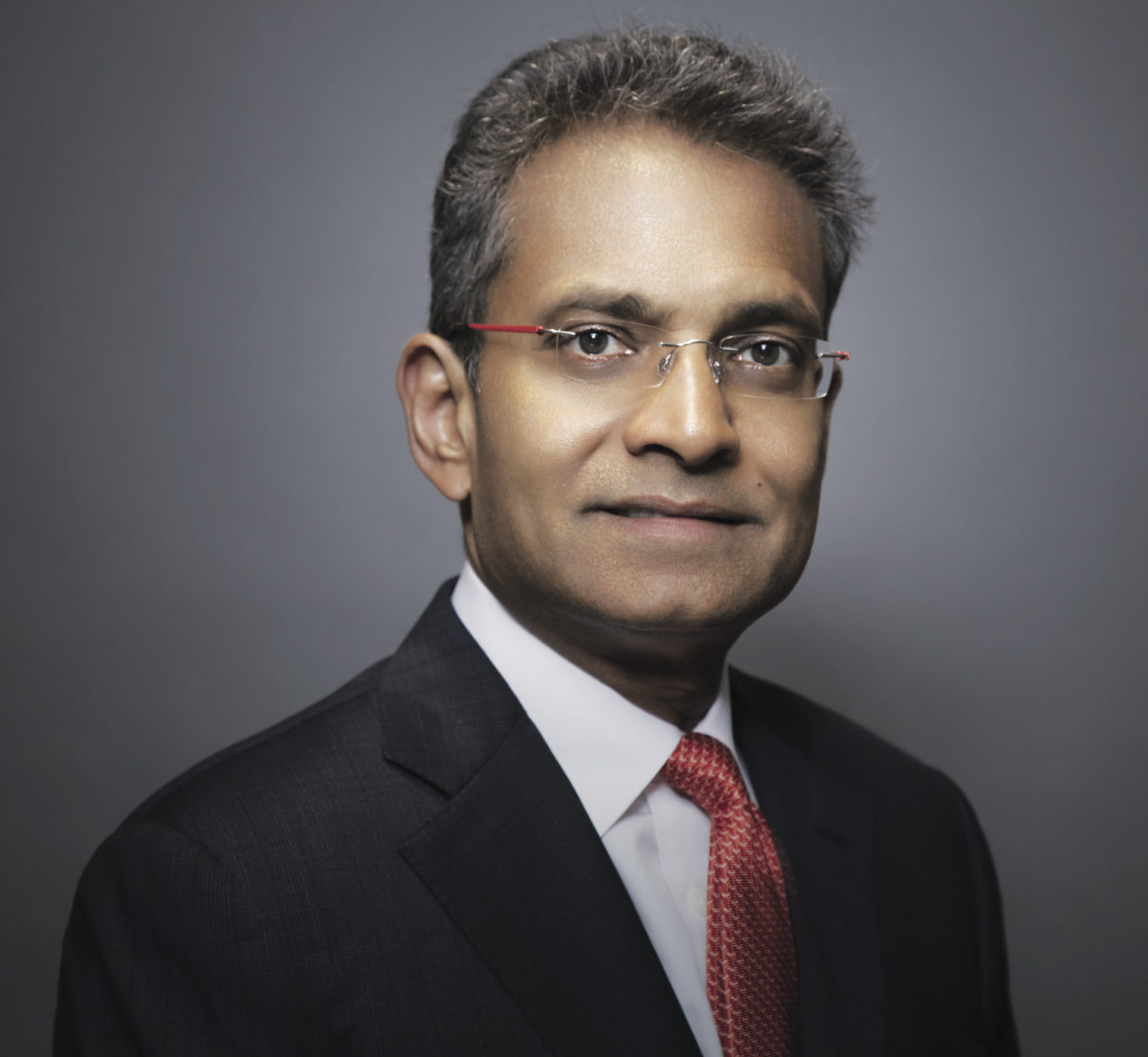What obstacles have you faced in the MENA region?
There is still a great deal of disbelief with people still questioning the technology. People are slow in coming forward and launching projects because they’re nervous. There’s still a misunderstanding to calculating the costs and in many instances, people aren’t calculating the amount of money they’re spending on current generation right now with fossil fuel plants. If they saw those numbers, they’d realize that it’s so different than what renewable energy can provide.
That said, what we are seeing are more entrants jumping into the market as it grows. There’s been about 20% more newcomers over the past five years – the companies have tripled. Every tender brings new people. If you look back at Dubai’s Mohammed bin Rashid Al Maktoum solar park’s second phase, there were 14 bidders. No one else has achieved that yet, but if you look, you’ll notice three or four of the same companies in recent tenders, but the rest are all new. Some come, try, and leave. Then they return. It’s a very dynamic sector right now.
What benefits have come to the region thanks to China’s Belt and Road Initiative?
China is reliable and a capable source of construction capacity. They’re also a competitive source of technology, with companies such as Huawei and Jolywood – who are capable, reliable, and cost competitive. And China can provide access to finance with a great deal of debt financing at the durations we need in a cost competitive way.
The notion that China is dumping cheap money is untrue. They evaluate in the same way as others, but the big difference is that China has the bandwidth to provide instant large sums. With a typical non-Chinese or regional lender, there will be a struggle to lend $50 million. In a $1 billion project where you need $800 million in debt, international banks will be hard-pressed to be able to provide $40-50 million apiece. The regional banks that have more capacity, perhaps they can provide $150 million. However, the Chinese can coolly write a check for $100 million.
Speaking of costs, what kind of returns on investment are you typically seeing with ACWA?
Electricity tends to be calculated in local currency. In places like Egypt, this matters. Once we take the currency risk away, these are all single-digit investments. However, once you have the currency risk, that puts you into the double-digit domain.
Returns on investment in MENA are comparable to elsewhere in the world. These are utility-scale projects and they’re essential. Utilities will think hard before stopping a payment or else the lights will go off, so the risk profile is very different.
Why did ACWA choose to incorporate string inverters on the landmark Sakaka project in Saudi Arabia’s Al-Jawf region?
String inverters are stable and have a slightly higher yield when compared to a central inverter solution. Other benefits include lower O&M costs, including a shorter delivery time which allows us to build the plant slightly faster. On an 18 month build, for instance, this could mean an overall 10% shaving off of costs.
Do you believe upcoming projects in the region will use this type of technology?
I don’t see why not. We will continue to use string inverters for sure, and I’m sure others will do the same.
What are your priority regions over the near-term?
We will continue to focus in markets where we already are, which are 12 countries. This year, we’re starting to look into Ethiopia as well as Uzbekistan, Kazakhstan, Senegal, Mauritania, and Botswana. We’d like to do more in Indonesia, Tunisia, and Vietnam.
We expect to see a revenue growth of 20% year-over-year, but our target right now within the next five years is to double the number of countries we operate in and double the amount of assets we have contracted.
This content is protected by copyright and may not be reused. If you want to cooperate with us and would like to reuse some of our content, please contact: editors@pv-magazine.com.
